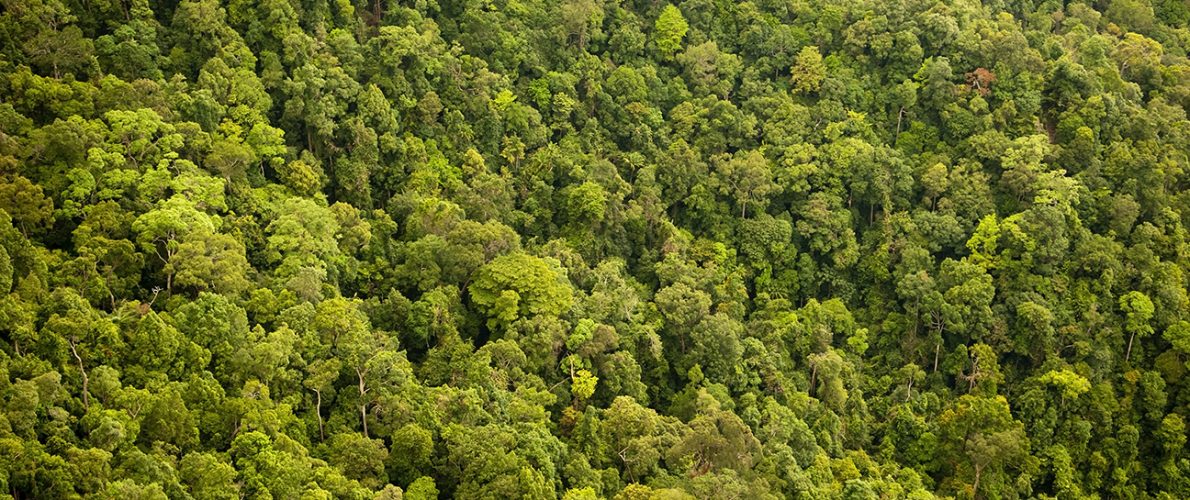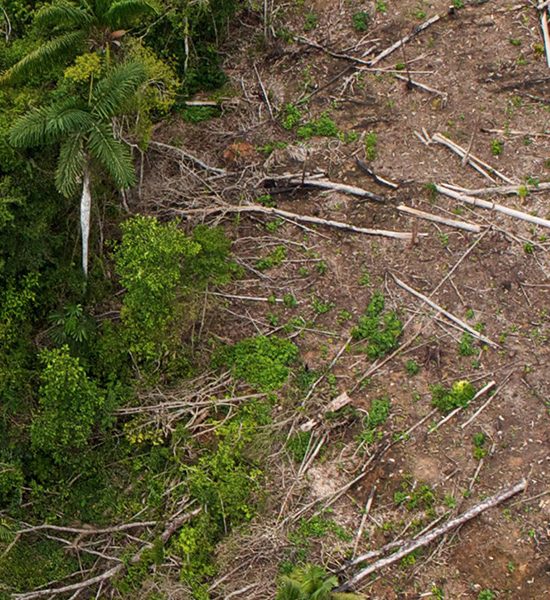
Protecting Endemic Amphibians in the Técpan Mountains
Support More Work Like ThisSupport More Work Like ThisIn the tropics, indigenous and community-conserved areas are the fastest growing category of protected areas. These reserves now exceed strict-protected reserves in both quantity and land area.
-
Species at Risk
Schultze’s Stream Frog (EN), Mourning Frog (EN)
-
Carbon stored
118 mT*
*(metric tons of CO2 equivalents) -
Partner
Instituto para el Manejo y Conservación de la Biodiversidad A.C.
-
24,148 Proposed Acres Conserved by
Purchase
-
Project Cost: $17,153

24,148
In the tropics, indigenous and community-conserved areas are the fastest growing category of protected areas. These reserves now exceed strict-protected reserves in both quantity and land area.
-
Species at Risk
Schultze’s Stream Frog (EN), Mourning Frog (EN)
-
Carbon stored
118 mT*
*(metric tons of CO2 equivalents) -
Partner
Instituto para el Manejo y Conservación de la Biodiversidad A.C.
-
24,148 Proposed Acres Conserved by
Purchase
-
Project Cost: £12,896

24,148
PROJECT UPDATE
of the expected 19,768 acres have been protected
In the tropics, indigenous and community-conserved areas are the fastest growing category of protected areas. These reserves now exceed strict-protected reserves in both quantity and land area. This is especially true in the Mexican state of Guerrero. There, less than 0.5 percent of protected areas have strict protection. In addition, few opportunities remain to declare new protected areas without overlapping community land. And some unprotected areas in Guerrero, such as the Técpan mountains, have high biodiversity levels. Protecting them is therefore important, but it needs to incorporate existing community land use.
The region is also part of an ancestral Jaguar corridor stretching from the United States to Argentina. But the current level of habitat fragmentation prevents the big cats from moving between protected areas. Restoring connectivity for Jaguars across this corridor is a global conservation priority.
Rainforest Trust and local partner Instituto para el Manejo y Conservación de la Biodiversidad A.C. (INMACOB) seek $17,153 to establish a 19,768-acre community conservation area. The reserve will protect endemic species of the Técpan mountains and serve as a Jaguar corridor. The local partner has an agreement with three ejidos (land farmed communally under an official agreement) to start work. After delineation, CONANP (the Mexican National Commission of Protected Areas) will certify the reserve as an Area Voluntarily Destined to Conservation (ADVC).
Explore the Técpan Mountains

The Endangered Schultze’s Stream Frog courtesy of J. Hoppe

The Jaguar of Latin America, by Jeffrey Zack

The Endangered Mourning Treefrog, by Instituto para el Manejo y Conservación de la Biodiversidad
Biodiversity
The Técpan mountain range rises from 600 to 2900 meters above sea level. This variation, along with its soil and climatic diversity, encourages vegetative variety.
Forest types in the region include deciduous, sub-deciduous, oak, pine, pine-oak, mesophilic mountain and mixed pine-oak-oyamel. Forest type diversity leads to resident species diversity. So far, researchers have found 135 species of terrestrial vertebrates including 23 amphibians, 44 reptiles, 37 birds and 31 mammals in the area. The mountains are also home to what is likely the largest Jaguar population in Guerrero. But a lot of research is still left undone, on birds and small mammals in particular. In addition, there have been no inventories of the region’s flora. The proposed protected area is home to endemic amphibians such as the Mourning Treefrog and Schultze’s Stream Frog. No one has found these species in any protected area and researchers know little about their population sizes. Jaguars live everywhere from southern Arizona to northern Argentina. IUCN now lists them as “Near Threatened” with a declining population, due in part to habitat fragmentation across their wide range. But Jaguars have cultural importance in Guerrero — making them a potential conservation catalyst. In fact, Jaguars have facilitated collaboration between ejidos and NGOs in the past, including this project. Conservation and sustainable forest management, including forest fire reduction, is necessary to preserve the region’s biodiversity. Forest protection is especially important to exclusive species and habitat specialists. Ecosystem conservation will also support environmental services that impact local communities.
Challenges
The proposed protected area is under threat from extensive timber exploitation, cattle ranching and habitat fragmentation from expanding agriculture.
Agricultural expansion can also lead to forest fires. These fires deteriorate habitat quality and threaten species with limited dispersal capabilities such as frogs, salamanders and lizards, several of which are microendemic. The ADVC will organize brigades to prevent and control forest fires. The reserve will also organize a community monitoring committee to prevent logging.
Communities
Three ejidos (Cordón Grande, El Platanillo and Las Humedades) are taking part in the project.
All three communities are in the Técpan de Galeana municipality. The local partner will try to include the neighboring ejido of Brakes of Puerto Rico in the Ajuchitlán del Progreso municipality. The ejidos will allocate part of their territory for conservation and work on biological studies. After establishing the ADVC, they will coordinate with CONANP to survey, protect and restore habitat in the protected area. CONANP often establishes management guidelines and contributes resources through different programs. But the communities will carry the direct management and conservation of the ADVC. In this protected area designation, the ejidos are jointly responsible for conservation.
Solutions
Since the ejidos own the territory and are the main stakeholders in natural resource conservation, the project will focus on the communities.
The project will establish a community conservation area, under the category of Area Voluntarily Destined to Conservation (ADVC-CONANP). This designation will conserve biodiversity in the Técpan mountain range for up to 99 years. In its initial stages, the project will describe and justify the biological relevance of the Técpan mountains. This justification will help optimize Jaguar connectivity and establish the protected area. Afterwards, the project will delineate boundaries and have them validated by community assemblies. Many of the region’s environmental problems stem from disorganization in natural resource mismanagement. Hence, the ADVC will enact strategies to improve management and biodiversity protection. This process will involve delimiting, zoning and regulating the different allowed land uses in the ADVC such as core areas, nature tourism areas or areas that need management. Right now, the ejidos carry out general surveillance, firefighting and fragmented area restoration. But the communities need further training to make the work more efficient.



We Value Transparency.
Conservation work is critical, challenging, and can be costly. We work hard to ensure we raise only the funds needed for each project. In the rare case we raise more money than needed or a project comes in under budget, excess monies will be transferred to the Conservation Action Fund. This fund supports our important conservation work throughout the tropics.
Learn more about the Conservation Action FundLearn more about the Conservation Action FundSign up to receive the latest updates
"*" indicates required fields
100% of your money goes to our conservation efforts
Our board members and other supporters cover our operating costs, so you can give knowing your whole gift will protect rainforests.

